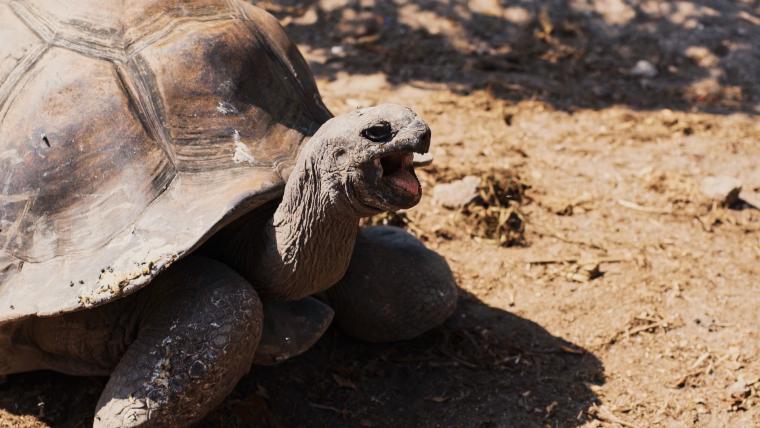
The scientific breakthrough speeding up conservation for the slowest reptile
Around 200 million years ago, the world was home to some of the most unique creatures. Tortoises were one of them. Nothing about this lethargic reptile suggested that they would amount to a huge success, yet they’re still thriving today. The world’s oldest living land animal is a 190-year-old Seychelles giant tortoise named Jonathan. His survival is not by chance. Tortoises may be slow-moving, but their ability to adapt is fast.
Across the world’s deserts, tropical forests, and even at the peaks of volcanoes, tortoises have managed to carve a home by adjusting to new climates and environments. In dry and arid plains, desert tortoises store up to 40% of their body weight in water allowing them to preserve moisture. Galápagos giant tortoises can survive without food or water for a year thanks to their retention capabilities. This led sailors on the islands in the 19th century to collect the tortoises as cargo for fresh meat on voyages. The most famous animal found on the Galápagos, 250 000 used to roam here. Today, only 15 000 remain with two species having already gone extinct. But a recent discovery may offer them a glimmer of hope.
In 2021, scientists found a genetic match between a female tortoise found on the islands and the remains of a species thought to be extinct since 1906. To preserve the Fernandina giant tortoise, the female was moved to a breeding centre on Santa Cruz Island. With conservationists searching for a potential mate, there is still a chance to ensure a fast recovery for the world’s slowest reptile.
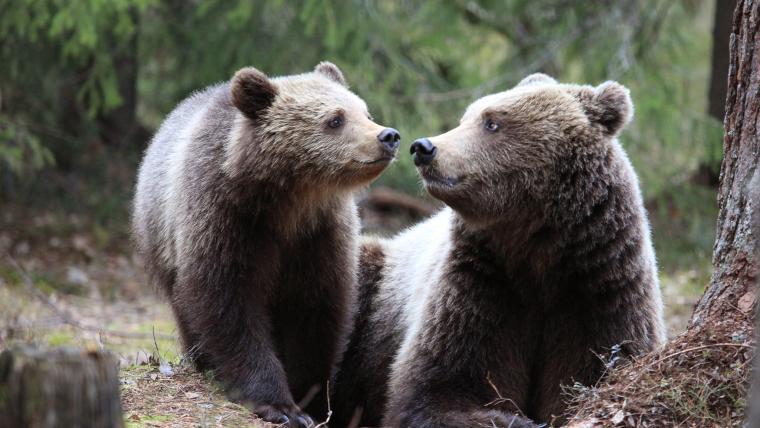
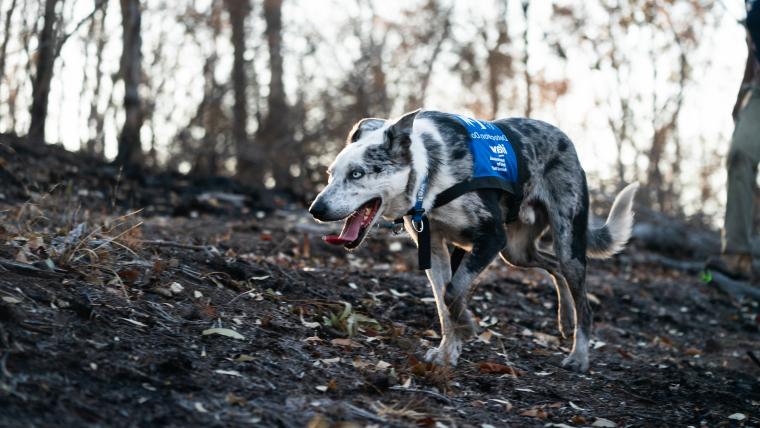
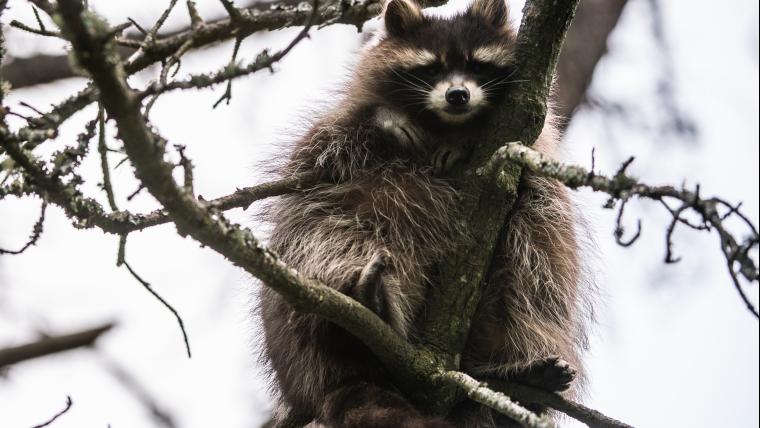
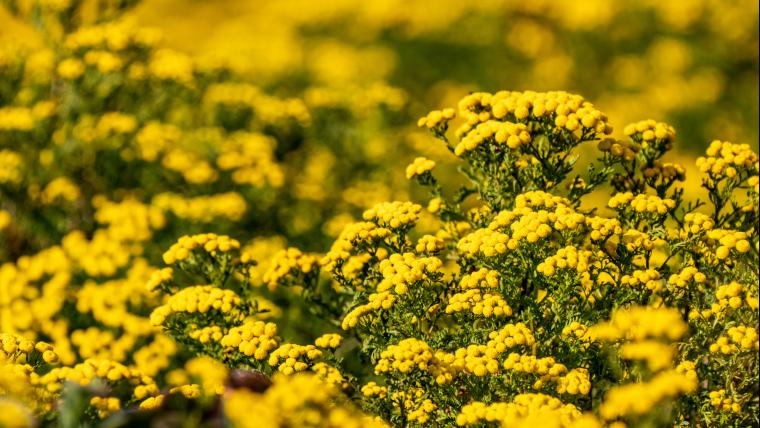
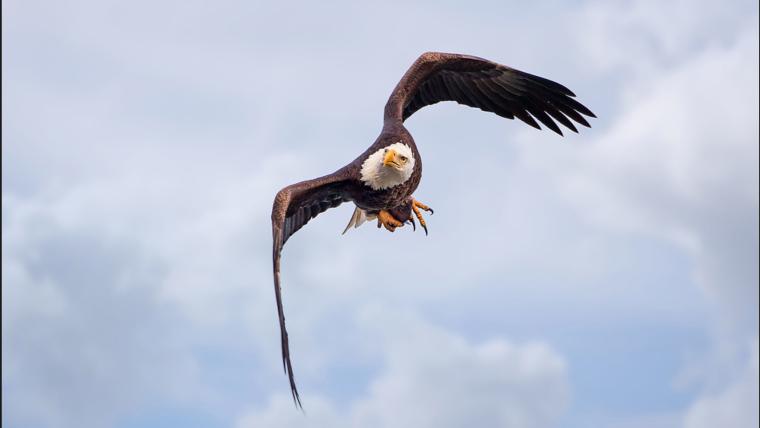
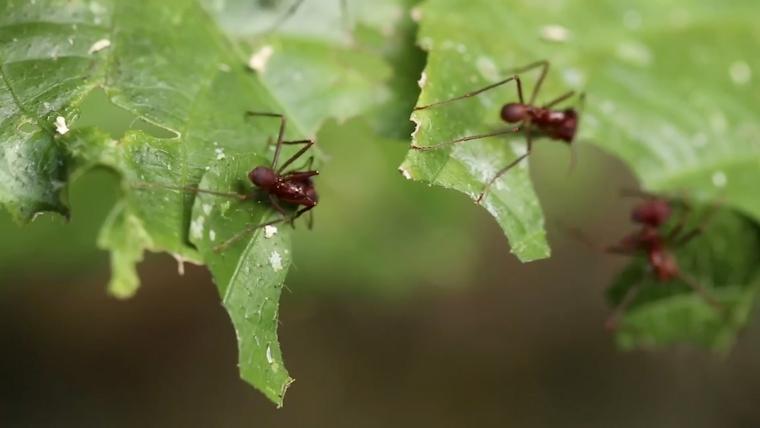

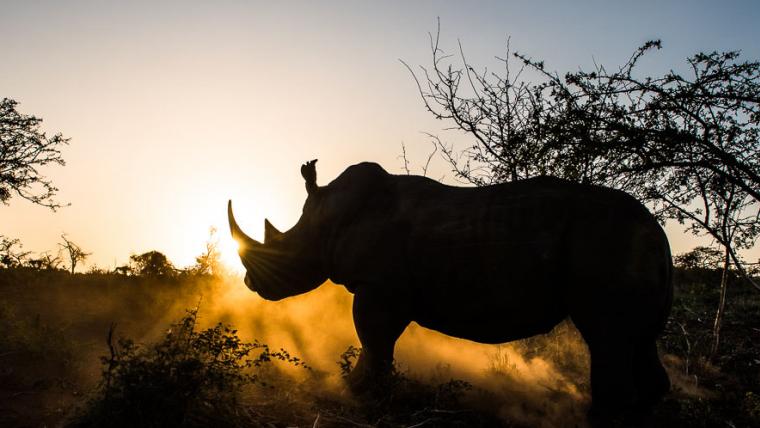
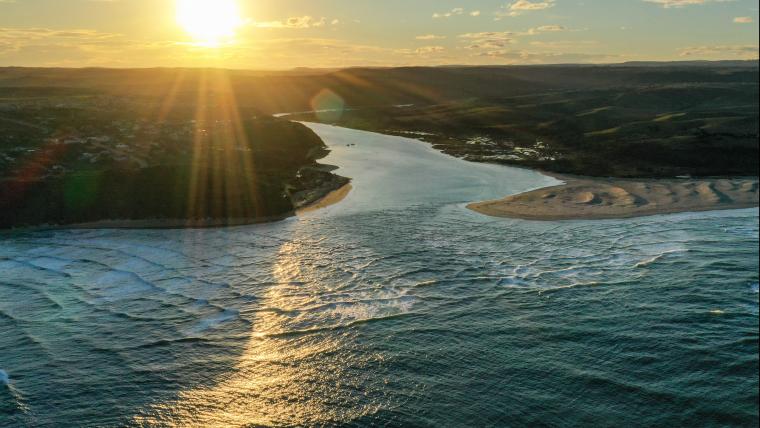
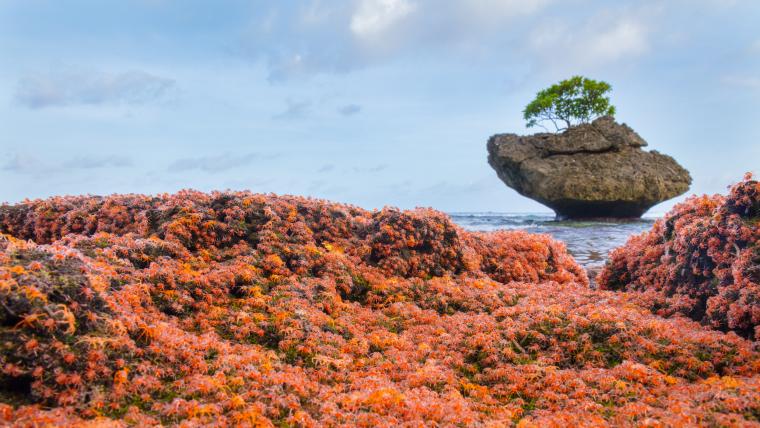




















Please sign in to leave a comment